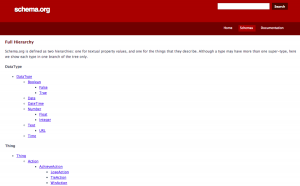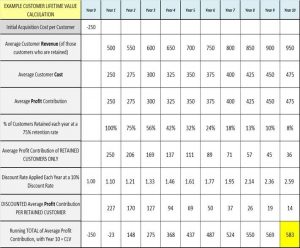Gender inequity is everywhere, from household chores and leisure time to salaries and now “green skills.”
As climate change looms over us, skills that can help solve environmental problems are becoming increasingly valuable. However, a new report from LinkedIn finds that only 1 in 10 women have so-called green skills, compared to 1 in 6 men, even as the hiring rate for employees with green skills is 29% above average.
The report analyzed data from LinkedIn’s platform of a billion users and looked at skill categories from the Bureau of Labor Statistics, including things like pollution and waste prevention, energy management, sustainability research, and environmental policy.
Here are the key findings from the report:
“Women are more vulnerable than men to the devastating impact of climate change,” the reports authors wrote. “Women are also missing out on the chance to be part of the climate solution. Our data shows that women are lagging behind men in almost every aspect of the transition to a green economy, and in many cases these gaps are widening.”
(4)









